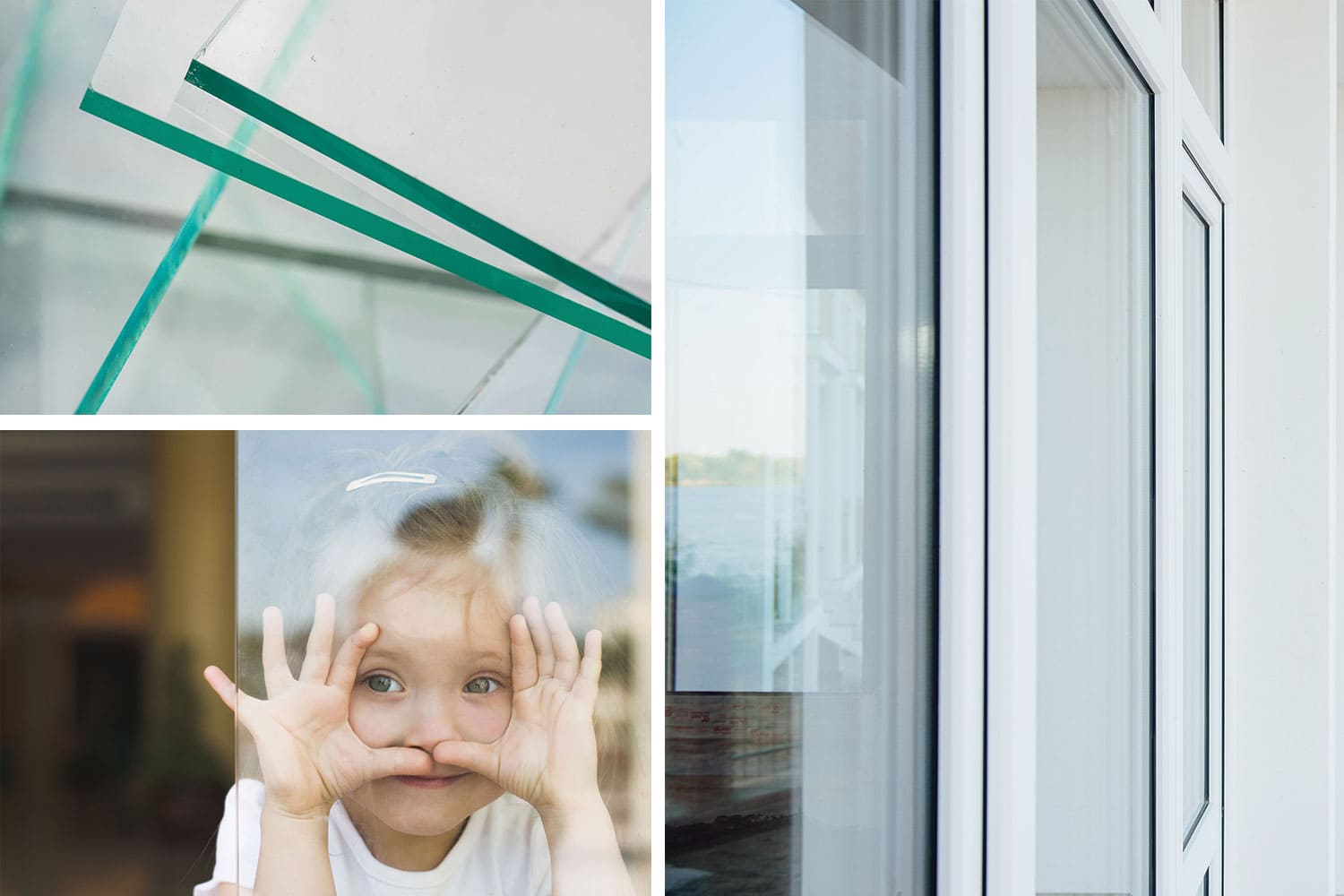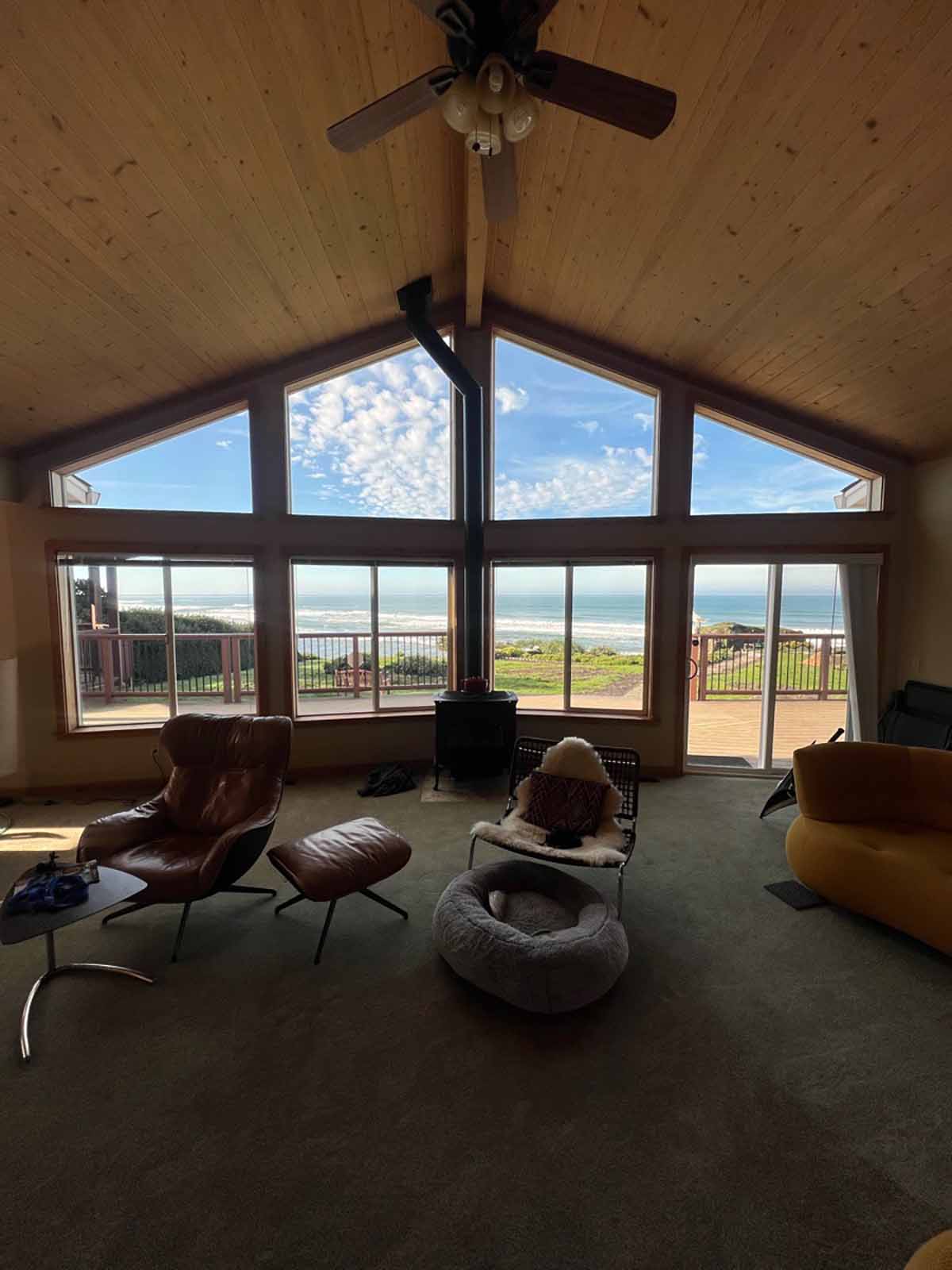
If you are interested in saving on your energy bill, you’ll probably want to know the facts about window film and Low-E glass. As the Bay Area’s most respected window film experts, we thought it would be a great idea to focus on this. In this post, we will discuss what Low-E glass is. Secondly, we will also answer this question: can you use window film on Low-E glass windows? Let’s see.
What is Low-E Glass
Low E glass has been designed to reduce the amount of both ultraviolet and infrared light. The ‘E’ stands for emissivity and is a way to measure how much heat or infrared energy is emitted by a surface. Hence, Low-E glass is manufactured with a special coating. The coating is actually a very thin layer (or layers) of metallic particles. Acting as a filter, it can lower the amount of heat that the window emits by up to 40%.
Why is this an advantage? Simply put, if you can reduce the amount of heat entering a room, you can better manage internal temperatures. Also, rejecting ultraviolet and infrared light means less fading on furnishings and floors. It also offers protection to humans too, as it reduces sun damage to your skin. These facts help you to see why this type of glass is so popular. In fact, by one estimate, upwards of 50% of commercial windows and 80% of residential windows are now Low-E glass.
Can You Put Window Film on Low-E glass?
While Low-E glass does offer some protection, you might wonder if it could be made better. We say yes! Can window film be added to all Low-E windows? The answer is based on where the protective layer is on the glass. Today, most Low-E windows are double-paned, with the protective layer located in between the panes. This means that window film can be installed without diminishing the benefits of the glass. Additionally, with window film, you get even greater heat reduction, anti-fade, and glare properties. 3M’s Thinsulate is a great choice for this. Additionally, you can also add a layer of security and safety with window film. Window film turns Low-E glass into a powerhouse of protection.
How do we determine if your Low-E glass windows can have window film? We offer a window approval process to verify that your windows are compatible with our window films. A glass checklist is used to help determine the intended compatibility of a specific window film with a specific window or glazing type.
Trust Your Windows to ClimatePro
What kind of Low-E windows do you have? Can window film work for you? What tinting options are available? How much money can it really save you on your heating and cooling costs? These are all questions that our talented team can answer for you. Schedule a free consultation today by heading here or by giving us a call at (707) 569-9098.





